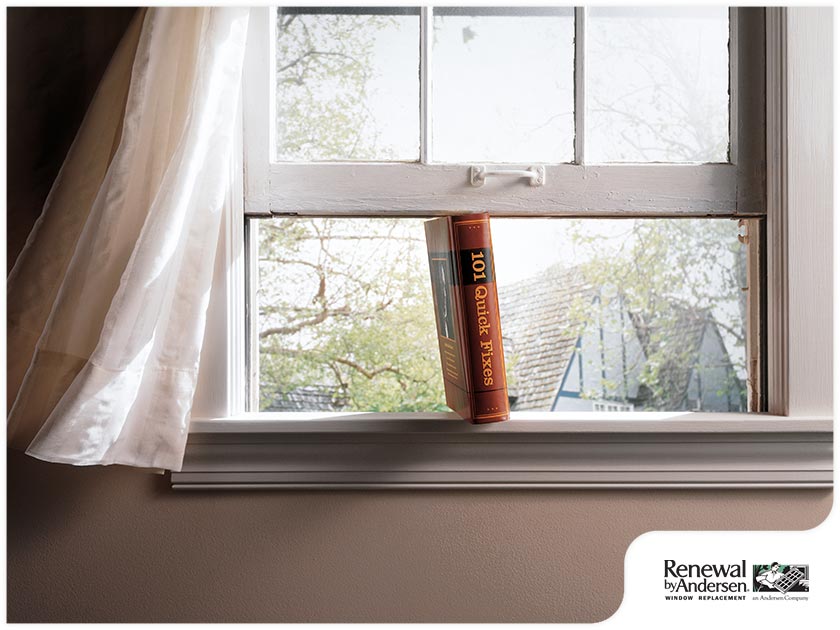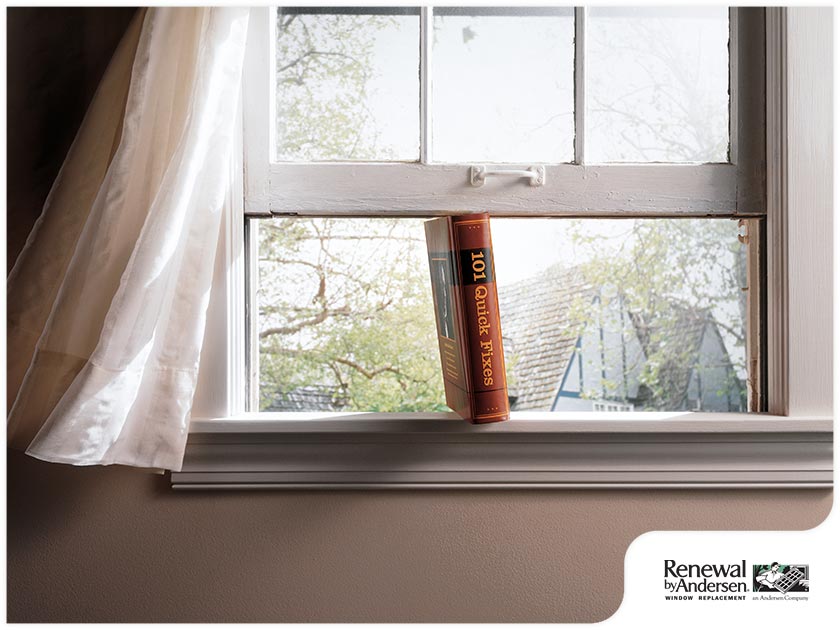Don’t underestimate how much energy you can save by installing replacement windows. Aside from improving natural lighting inside your home, energy-efficient windows also provide natural ventilation, which can help lower indoor temperature and improve indoor comfort. To make the most of your new windows, contractors recommend taking full advantage of passive ventilation.
What is passive ventilation and how you can make the most of it? Renewal by Andersen® of Knoxville, your local window company, shares some tips in this post.
How Passive Ventilation Works
Passive or natural ventilation uses wind and thermal buoyancy (how dense cold air lifts lighter warm air) to circulate stale indoor out and fresh air into your home. Homes specifically designed for passive ventilation have several windows and vents installed to regulate indoor temperature and improve indoor air quality.
The Benefits of Passive Ventilation
What are the benefits of using passive ventilation?
-
Energy-efficiency and sustainability– Unlike mechanical ventilation systems that rely on electricity, passive ventilation uses natural forces, reducing your household’s energy consumption and electricity bill.
-
Minimal maintenance requirements – The windows, doors and vents that compose a passive ventilation system don’t require a lot of maintenance unlike the air ducts and fans found in a mechanical ventilation system.
-
Better indoor air quality and indoor comfort – Passive ventilation systems ensure fresh air is continuously flowing throughout your home, significantly improving indoor air quality and indoor comfort.
-
Consistency – Well-designed passive ventilation systems ensure there’s a good balance between warm and cold air inside your home, helping keep indoor temperatures at a constant and comfortable level. As such, you don’t need to fine-tune anything.
Making the Most of Passive Ventilation
You don’t need to have a home specifically designed for passive ventilation to take advantage of it—almost all types of buildings can use passive ventilation. You can have new replacement windows and vents installed to improve indoor airflow. However, if you’re going to have a passive ventilation system built from scratch, here are a few points you should consider:
-
Uninterrupted pathways for airflow are essential to an effective passive ventilation system – To maximize passive ventilation, there needs to be clear, uninterrupted pathways throughout your home. This shouldn’t be an issue for open-plan homes.
-
To fully take advantage of passive ventilation, your home needs to be ventilated a minimum number of times – Your home should be ventilated for at least 15 minutes at least five times each week.
-
Slots and gaps in door and window framing can provide low-level ventilation without compromising security – Some homeowners may be concerned about leaving windows and doors open for too long. Slots and gaps in door and window frames can help your home maintain low-level ventilation without having to leave doors and windows open for long periods of time. Consult a door and window company to learn more about your options.
-
Windows on the north and west sides of your home should be installed higher up– Windows installed on the upper portions of walls help keep air flowing throughout your home.
-
Certain types of windows are better at providing ventilation than other types– Keep in mind that not all windows provide the same level of ventilation. Certain types are better at drawing in air to ventilate your home. For instance, side-opening windows can draw in breezes better than awning windows. If you need help finding a window type that’s suited for your home, consult a professional window contractor.
-
Each floor in a multi-level house should have windows and doors – Tenessee’s summers can become unbearable at times. To keep indoor temperatures down during summer, open the windows and doors on the upper floors. Opening them allows rising warm air to exit your home and cooler outside air to come in and replace them. For more tips on maximizing passive ventilation, consult a window contractor.
Looking for professional contractors in your area?
Renewal by Andersen of Knoxville offers a wide variety of replacement windows. To schedule a free consultation with one of our design experts, call us at (866) 609-5033 or fill out this form. We serve homeowners in Knoxville, TN, as well as the surrounding communities in Tennessee.


